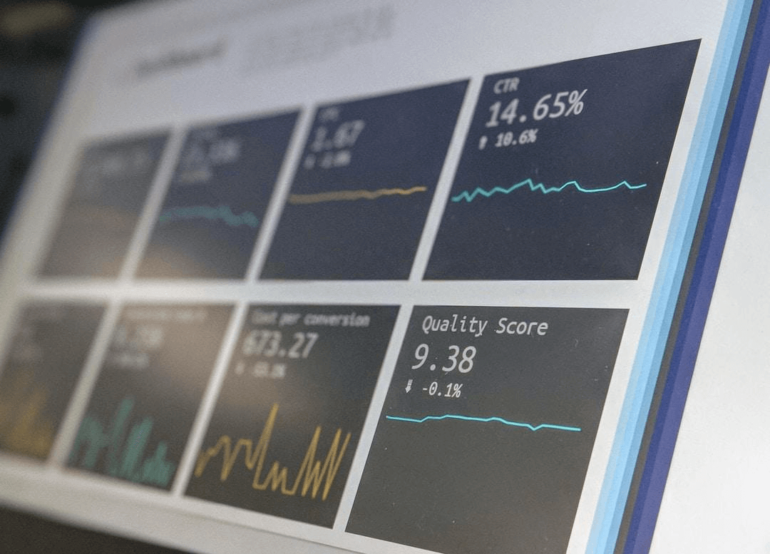Businesses need to do whatever it takes to stand out in their respective sectors. As organizations emerge in the digital transformation, they need to be able to take advantage of their assets, especially their data sources. Data sets can come from everything from a transaction to interaction and should be cataloged to better understand trends and anomalies. That’s why it’s important to have a business analysis system in place.
Understanding Business Analytics
The ability to address a specific question to answer a business problem is crucial with the help of statistical and predictive models. So what is business analytics? It’s the process of gathering and processing business data and applying methodologies to translate that data into business insights. Business analytics combines processes, skills, and technologies to collect and analyze historical data to deliver an idea of what will drive business planning for the future. These systems usually delve into large databases to evaluate an organization from its interactions within the supply chain or with its customer base.
Business analytics can allow organizations of any size to turn big data into insight, building statistical models to make projections about the company. This can enable companies to pitch ideas that will optimize performance while leveraging data to influence business outcomes. Business analytics can help you understand the environment you are in, especially if you are trying to jump out in front of a competitive marketplace. These analytical systems have become a necessity to business users, reducing risks in production and sales, while increasing revenues.
Types of Business Analytics
Business analytics are broken down into four different types, each with its own importance. The first method is through descriptive analytics. Descriptive analytics typically offer a look into the past with the data of the present. Analytics tools are used in a preliminary stage of data processing to create a summary of historical events, creating a foundation to build analysis and understanding off of. This usually brings data aggregation and data mining into play.
From there, diagnostic analytics are used to find interesting patterns and correlations within those data sets. Probabilities, data mining, and correlations to uncover root causes and correlations. Diagnostic analytics, also known as discovery analytics, provide context with what a business may need to do to move forward in their current business situation.
Next, predictive analytics focus on forecasting the likelihood of potential outcomes and events in a business, using statistical modeling and machine learning to uncover patterns to forecast trends and detect risks. Predictive analytics offers a confidence level for companies to address business problems in the present to understand what lies ahead in their future. For example, retailers may use predictive analytics to forecast inventory.
Finally, there’s prescriptive analytics, which is the most mature stage of the business analytics journey. This tells a business what they should do and recommend the best actions. This type of analytics can tell you the outcomes of each choice made, looking into the best of all possibilities. A recommendation engine seen on a social media website or steaming provider is using prescriptive analytics.
Benefits of Business Analytics
The truth is there is an endless benefit to taking big data sets and twiddling them down to predictive data models that enhance a company’s ability to make better business decisions. Enterprises seek to sustain a competitive advantage over business rivals with business analytics. This information helps make the business more intelligent and responsive to market changes. Analytics allows companies to effectively understand what is at their disposal. These real-time responses can be done to address the customer base or supply chain and can make for a brighter tomorrow for an organization of any size.



